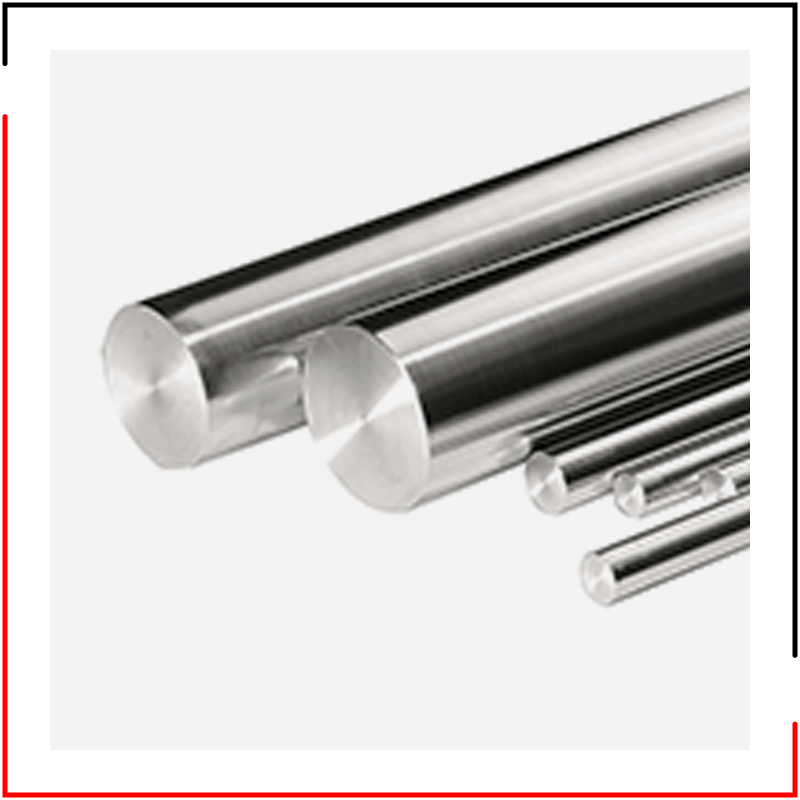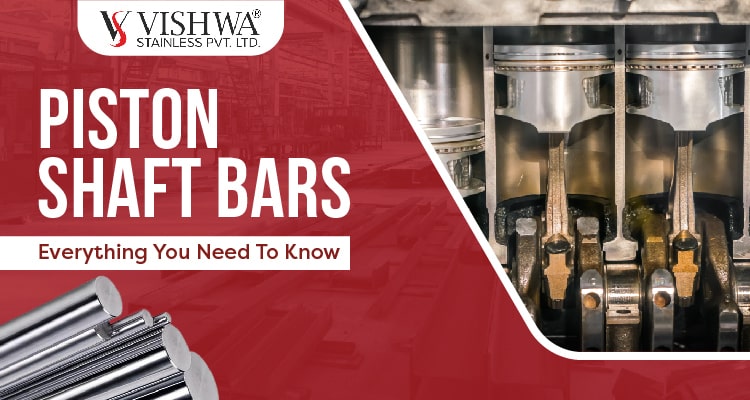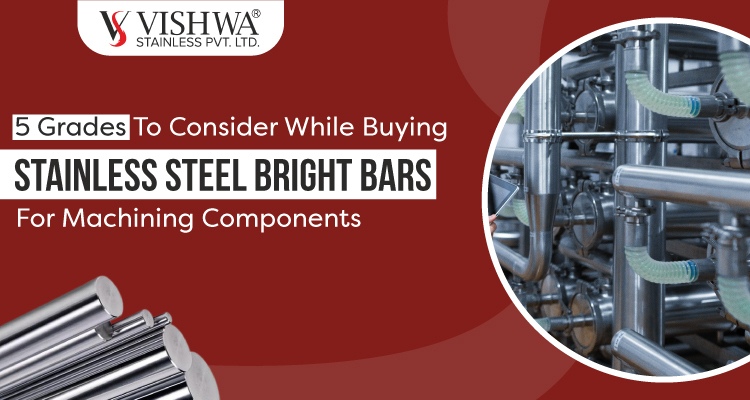In the world of engines and hydraulic systems, there are numerous components working harmoniously to generate power and propel machinery forward. One such crucial component is the piston shaft bar, also referred to as the piston rod. In this blog, we will take you into its inner workings, its role and functions, and its significance in various applications.
Introduction to Piston Shaft Bars
Piston bars are like the unsung heroes of piston engines. The piston shaft bar is a cylindrical metal rod that serves as a vital link between the piston head and either the crankshaft in an internal combustion engine or the hydraulic cylinder in a hydraulic system. Its purpose is to convert the reciprocation motion of the piston into rotary motion, facilitating the transfer of power to other components.
Piston shaft bars are typically made of high-strength steel or other durable materials capable of withstanding the forces and pressures experienced during engine or hydraulic system operation. They are designed to be rigid, yet lightweight, to minimize energy losses and ensure efficient operation.

Inner Workings
In an internal combustion engine, the piston shaft bar extends from the piston head through the engine block and attaches to the crankshaft. The reciprocating motion of the piston is then transferred to the crankshaft through the piston shaft bar, which converts the linear motion of the piston into the rotary motion of the crankshaft. This rotary motion is then used to drive other components of the engine, such as the connecting rods and ultimately the wheels of a vehicle.
In a hydraulic system, the piston shaft bar connects the piston head to the hydraulic cylinder. When hydraulic fluid is pressurized, it pushes the piston, and the resulting linear motion is transmitted through the piston shaft bar to perform work or move other components within the system.
Role and Functions
- Power Transmission: The primary role of the piston shaft bar is to transmit the power within an engine or hydraulic system. As the piston shaft bar converts linear motion into rotary motion, this rotational energy is harnessed to drive other engine components and propel the vehicle.
- Load Bearing: The piston shaft bar bears the load generated by the combustion forces or hydraulic pressure. It must withstand considerable stress and forces during operation without deforming or failing. The material selection and the design of the piston shaft bar are crucial to ensure its strength and durability under these demanding conditions
- Alignment and Stability: The piston shaft bar contributes to the alignment and stability of the piston assembly. It helps maintain the proper positional relationship between the piston and crankshaft or hydraulic cylinder, ensuring smooth and efficient operation. Any misalignment or instability can lead to excessive wear, reduced performance, or even catastrophic failure of the engine or hydraulic system.
- Energy and Efficiency: The design of the piston shaft bar aims to minimize energy losses. By utilizing lightweight yet strong materials, the piston shaft bar reduces the inertia and frictional losses associated with its movement, contributing to overall system efficiency.
- Maintenance and Lubrication: Proper maintenance and lubrication of the piston shaft bar are vital for its optimal functioning. Regular inspection and lubrication help reduce friction and wear, extending the lifespan of the component. Maintenance practice also involves checking for alignment issues, signs of wear or fatigue, and addressing any necessary repairs or replacements.
Piston shaft bars are extensively utilized in various industries and applications, including architectural design, marine equipment, oil and gas pipelines, and automotive components. These bars are commonly employed as raw materials in construction and finishing projects.
Classification:
Piston shaft bars are classified by grades to categorize different types of piston shaft bars based on their composition, manufacturing process, and mechanical properties. These grades help manufacturers to easily identify and select the most suitable bar for their specific applications.
The market offers a variety of piston shaft bars, available in different shapes and formats. These options include round bars, square bars, flat bars, and hexagonal bars.
| Grades | 303, 304L, 310S, 316L, 316Ti, 321, 403, 410, 416, 420, 420B, 420C, 430F, 431, 17-4ph, Duplex F51 (2205) 1.4305, 1.4307, 1.485, 1.404, 1.4571, 1.4541, 1.4006, 1.4005, 1.4021, 14028, 1.4034, 1.4104, 1.4057, 1.4542, 1.4462 |
Quality to Trust!
As a vital component in internal combustion engines and hydraulic systems, the piston shaft bar’s construction, design, material selection, and maintenance significantly affect the performance, efficiency, and reliability of the overall system. At Vishwa Stainless Pvt. Ltd., we offer premium stainless steel piston shaft bars in different sizes, shapes and grades with improved performance. With capability to perform efficiently, our piston bars are more reliable and stable to operate.
Read More:




